High Pure Liquid Oxygen
Oxygen (O2) is an active, life-sustaining component of the atmosphere; making up 20.94% by volume or 23% by weight of the air we breathe. It is colorless, odorless and tasteless. Because of its cryogenic nature, liquid oxygen can cause the materials it touches to become extremely brittle. Liquid oxygen is also a very powerful oxidizing agent: organic materials will burn rapidly and energetically in liquid oxygen. In commerce, liquid oxygen is classified as an industrial gas and is widely used for industrial and medical purposes.Liquid oxygen is obtained from the oxygen found naturally in air by fractional distillation in a cryogenic air separation plant. Liquid oxygen is used in liquid-fueled rockets as the oxidizer for fuels such as hydrogen and liquid methane.
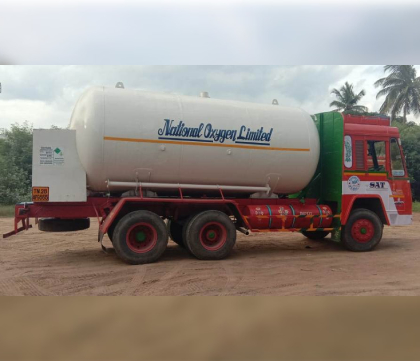
High Pure Gaseous Oxygen
Oxygen has a low boiling/ condensing point: -297.3°F (-183°C). The gas is approximately 1.1 times heavier than air and is slightly soluble in water and alcohol. Below its boiling point, oxygen is a pale blue liquid slightly heavier than water. Oxygen has numerous uses in steelmaking and other metals refining and fabrication processes, in chemicals, pharmaceuticals, petroleum processing, glass and ceramic manufacture, and pulp and paper manufacture Oxygen is used with fuel gases in gas welding, gas cutting, oxygen scarfing, flame cleaning, flame hardening, and flame straightening. In gas cutting, the oxygen must be of high quality to ensure a high cutting speed and a clean cut.
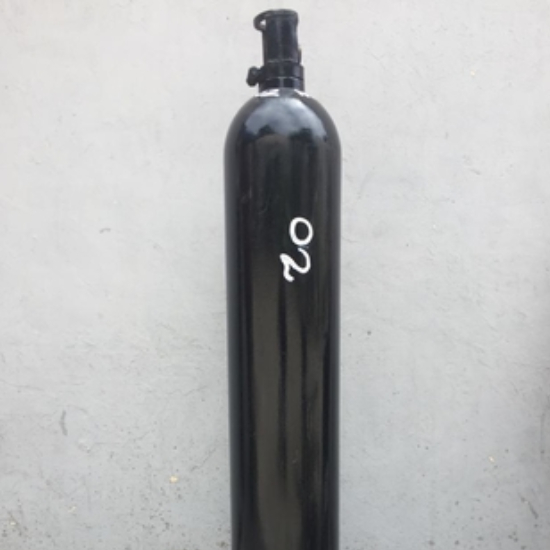
High Pure Liquid Nitrogen
Nitrogen (N2) is a colorless, odorless and tasteless gas that makes up 78.09% (by volume) of the air we breathe. It is nonflammable and it will not support combustion. Nitrogen gas is slightly lighter than air and slightly soluble in water Nitrogen condenses at its boiling point, -195.8o C (-320.4o F), to a colorless liquid that is lighter than water. Gaseous nitrogen is valued for inertness. It is used to shield potentially reactive materials from contact with oxygen.
Liquid nitrogen is valued for coldness as well as inertness. When liquid nitrogen is vaporized and warmed to ambient temperature, it absorbs a large quantity of heat.
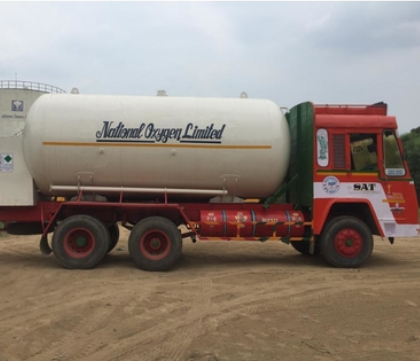
The combination of inertness and its intensely cold initial state makes liquid nitrogen an ideal coolant for certain applications such as food freezing. Liquid nitrogen is also used to cool materials which are heat sensitive or normally soft to allow machining or fracturing.
Examples: Used tires, plastics, certain metals and even pharmaceuticals. Liquid nitrogen is also used in some MRI (Magnetic Resonance Imaging) devices to pre-cool the low temperature magnets prior to using much more expensive liquid helium for final cooling. Liquid nitrogen is used in cryo-surgery to destroy diseased tissue.
Medical Grade Oxygen Liquid
Medical Grade Liquid Oxygen is used to manufacture products that provide a vitamin supplement. These supplements provide oxygen to the body in the form of digestion rather than the natural process, respiration. Not only this but vitamin supplements also help prevent diseases, detoxify the body, maintain cellular function and fight off infections and diseases that are already existing. These supplements are ideal for athletes and people who work in areas of high altitude. There are also oxy rich spray products in the market. These products have a number of applications such as healing minor cuts and scratches, relieving itching and the effect of insect bites.
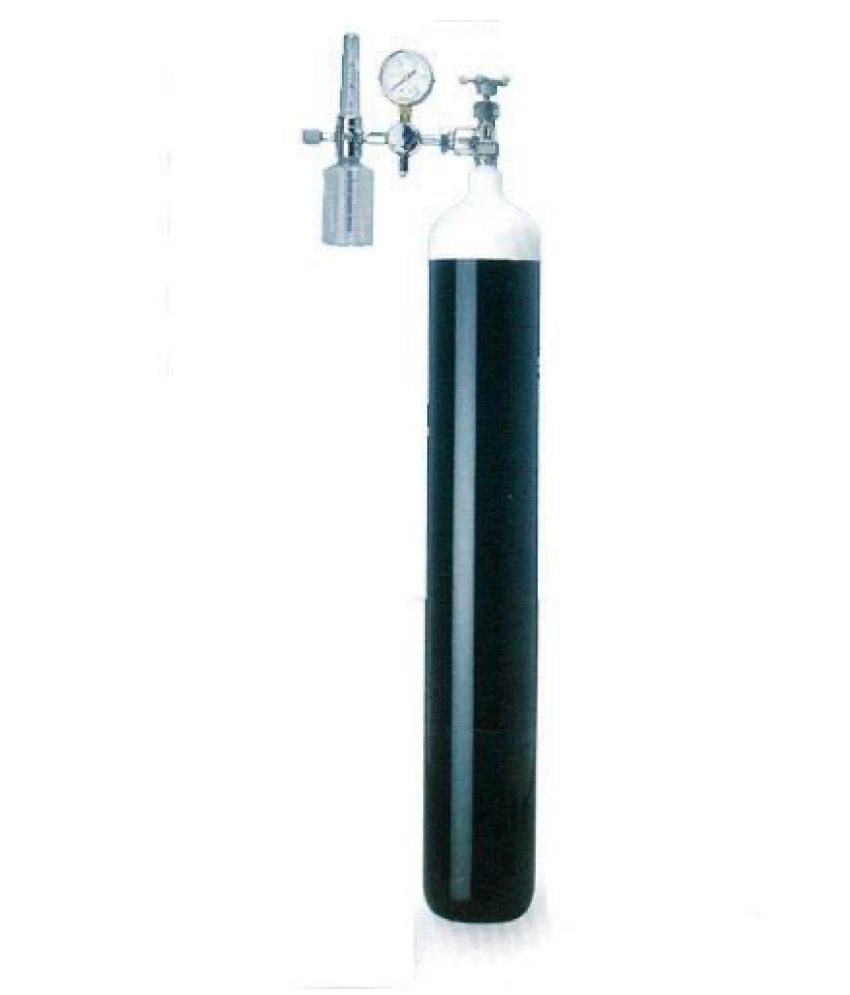
Medical Grade Oxygen Gas
Medical Oxygen is oxygen used for medical purposes, such as oxygen given to a patient during surgery or after an accident until the patient can breathe without a respirator.
The minimum purity for medical oxygen is 99 percent oxygen with only 1 percent other gases mixed into the container. Medical oxygen cannot have an odor. Oxygen is naturally an odorless gas. If it has an odor, it is not pure enough oxygen for medical use. An odor indicates that there is another gas mixed in with the oxygen.
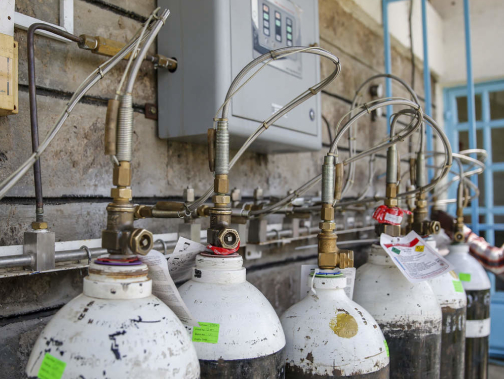
High Purity Nitrogen Gas
Refineries, petrochemical plants and marine tankers use High Purity Nitrogen to purge equipment, tanks and pipelines of dangerous vapors and gases (for example, after completing a pipeline transfer operation or ending a production run) and to maintain an inert and protective atmosphere in tanks storing flammable liquids. Cold nitrogen gas is used to cool reactors filled with catalyst during maintenance work. Nitrogen is also used to maintain pressure in oil and natural gas producing formations. Nitrogen has little affinity for liquid hydrocarbons, thus it builds up in and remains in the gas cap.
Nitrogen is used as an inert gas to push liquids through lines, to clear lines and to propel "pigs" through pipelines to sweep out one material before using the line to transport another material.
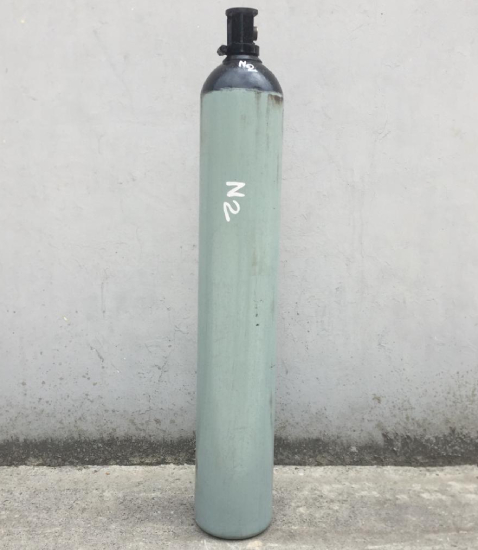
Commercial Grade Argon Gas
Argon (Ar) is a monatomic, colorless, odorless, tasteless and nontoxic gas, present in the atmosphere at a concentration of just under 1% (0.934%) by volume. Argon is a member of a special group of gases known as the “rare,” “noble,” or “inert” gases. Argon's normal boiling point is a very cold –302.6°F (–185.9°C). The gas is approximately 1.4 times as heavy as air and is slightly soluble in water. Argon's freezing point is only a few degrees lower than its normal boiling point, –308.8°F (–199.3°C). Argon is used in critical industrial processes such as the manufacturing of high quality stainless steels and production of impurity-free silicon crystals for semi-conductor manufacture.
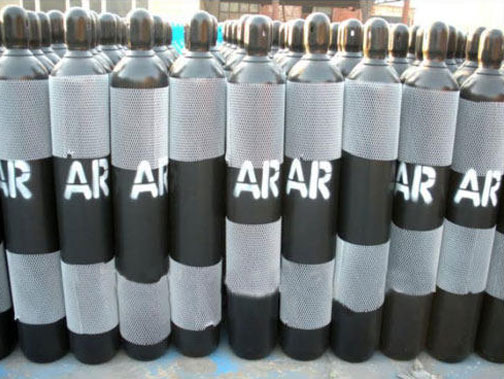
High Purity Argon Gas
Used in various analytical instrument applications; Optical Spectrometry - Inductive Coupled Plasma, Graphite Furnace Atomic Absorption, Fourier Transform Infrared; Gas Chromatography - High Efficiency Discharge Detector, Ultrasonic detector, carrier gas when analyzing hydrogen in helium. Used in semiconductor manufacturing processes as a carrier/purge gas.
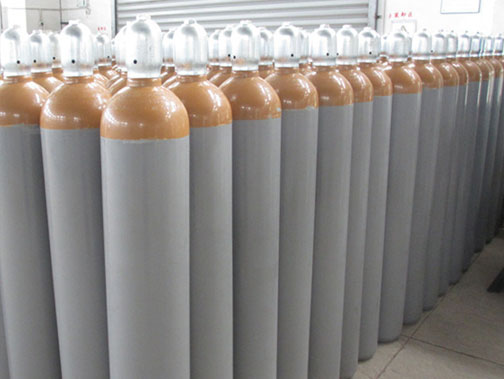
Instrumentation Argon Gas
Argon is valued for its total inertness, in particular at high temperatures. Argon is also used as an inert filler gas for light bulbs and as dry, heavier-than-air-or-nitrogen filler for the space between glass panels in high-efficiency multi-pane windows.
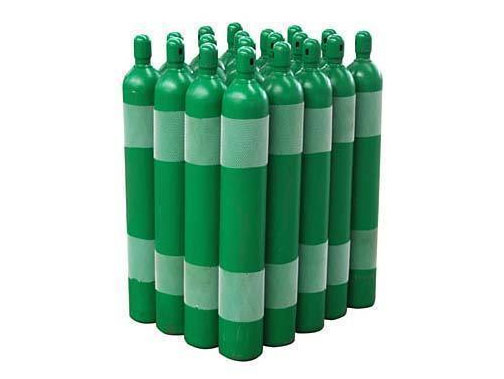
Dissolved Acetylene Gas
Acetylene is a colorless, combustible gas with a distinctive odor. Acetylene is a hydrocarbon consisting of two carbon atoms and two hydrogen atoms. Its chemical symbol is C2H2.
The most common use of acetylene is as a raw material for the production of various organic chemicals including 1, 4-butanediol, which is widely used in the preparation of polyurethane and polyester plastics. The second most common use is as the fuel component in oxy-acetylene welding and metal cutting
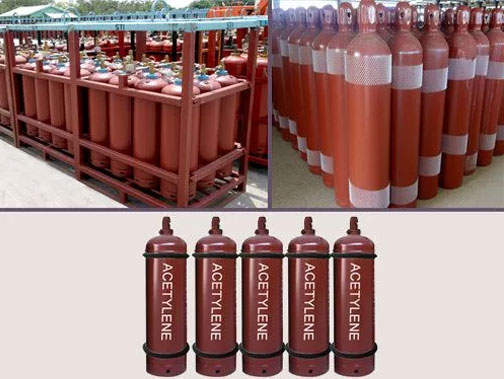
| Applications | |||
|---|---|---|---|
| Oxygen Blast furnace Copper Smelting Manufacture of Explosives Heart stimulation Welding and cutting |
Nitrogen Cryogenic preservation Chemical Intermediate Pharmaceutical units Marine Food Processing. |
Argon Automobiles Electronics Food & Beverages Glass, Cement and Lime Laboratories Metal Industry Welding and Cutting. |
Dissolved Acetylene Gas Cutting and Welding Purpose |

